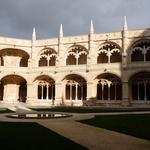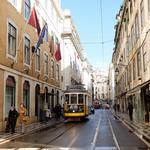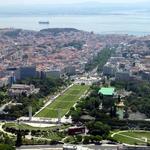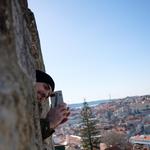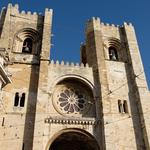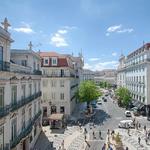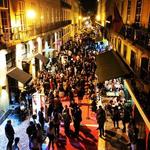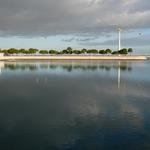Paula & Fernando
Things To Do
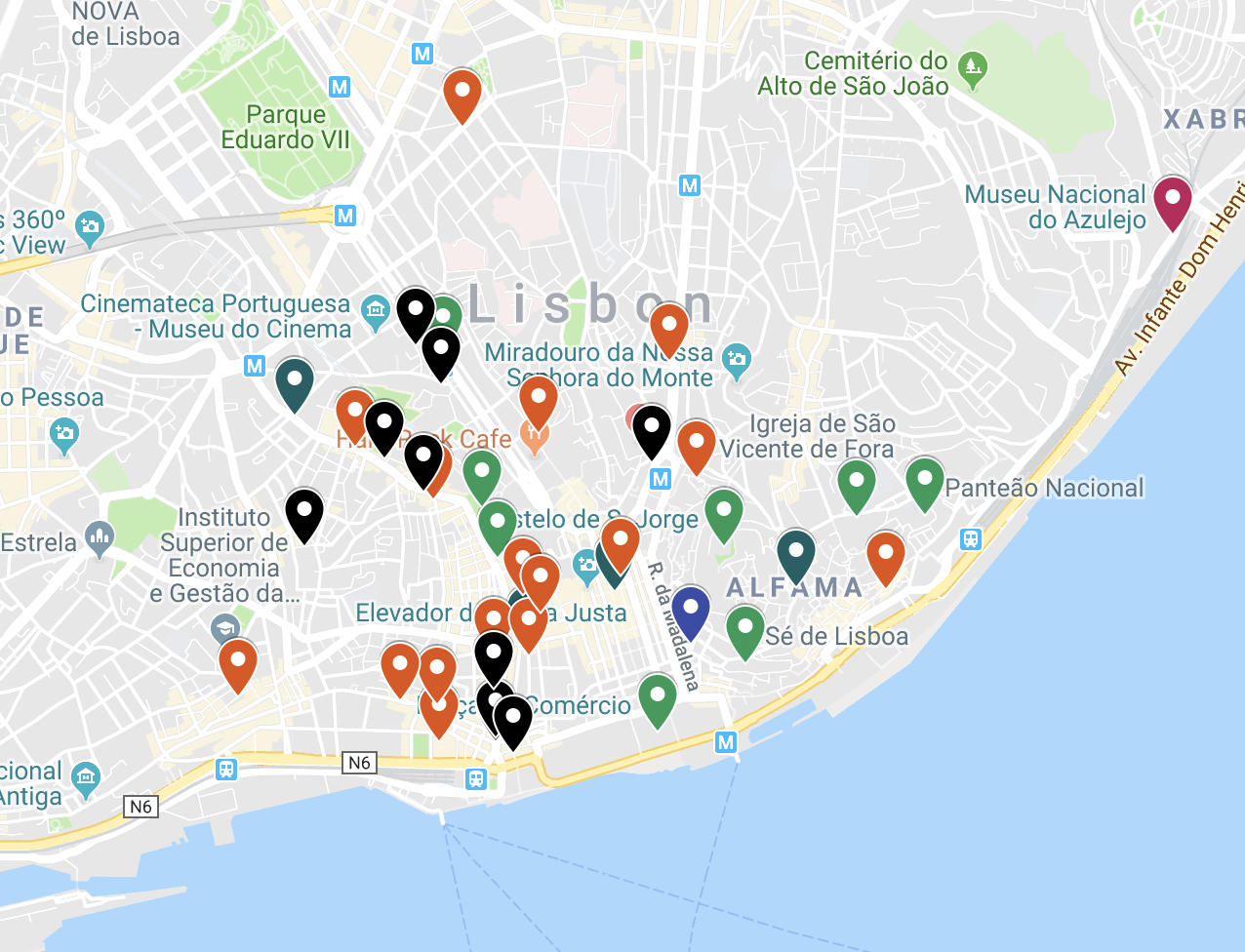
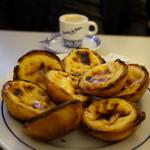
Pastéis de Belém
You can start your day here. This is our favorite place for breakfast! or when we just want the best "pasteis de nata". SERIOUSLY! there is nothing like these from Pasteis de Belem. You will see a line outside for take out. Skip it! just get inside and sit. Service is quick and the place is big and nice.

Belém Tower
After breakfast and a visit to the Jeronimos Monastery, walk along the riverside and see "Belem Tower" and "Padrão dos Descobrimentos". You rent a scooter (download the app Lime) and go all the way to the "Maat Museum" and "Ponte 25 de Abril".

Padrão dos Descobrimentos
After breakfast and a visit to the Jeronimos Monastery, walk along the riverside and see "Belem Tower" and "Padrão dos Descobrimentos". You rent a scooter (download the app Lime) and go all the way to the "Maat Museum" and "Ponte 25 de Abril".
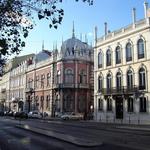
Príncipe Real
Príncipe Real is an upscale area known for its 19th-century mansions, happening gay bars and fashionable shops. The Moorish-style Embaixada palace, is a premiere shopping destination showcasing local designers and concept stores. The neighborhood also has many small art galleries and antiques shops.
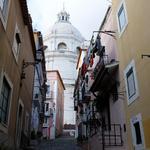
Alfama
The steep streets of Alfama, one of Lisbon’s oldest areas, are lined with shops selling traditional crafts and cafes. Passengers pack the historic no. 28 tram, which winds through Alfama on its way up to 11th-century São Jorge Castle. Views from Miradouro da Graça terrace stretch over the city to the River Tagus. In the evening, melancholy Fado music can be heard in some of the area's long-running restaurants.
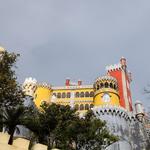
Sintra
Sintra is a town 30 min drive from Lisbon. A longtime royal sanctuary, its forested terrain is studded with pastel-colored villas and palaces. Two places to visit: Pena National Palace and Quinta da Regaleira. The hilltop 19th-century Pena National Palace is known for a whimsical design and sweeping views. Quinta da Regaleira is classified as a World Heritage Site by UNESCO within the "Cultural Landscape of Sintra". You can start or end up your visit with a "travesseiro" (traditional pastry of Sintra) in "Piriquita" cafe. HOW TO GET THERE IF YOU DON'T HAVE A CAR: You can take the train from Rossio, Sete Rios, Campolide or Alcantara to Sintra https://www.cp.pt/passageiros/en
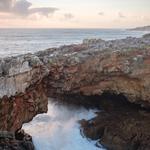
Cascais
Cascais is a coastal resort town in Portugal, just west of Lisbon. It’s known for its sandy beaches and busy marina. If you are driving you can stop here in your way back from Sintra and watch the sunset at" Boca do Inferno", a chasm located in the seaside cliffs close to the Portuguese city of Cascais. The seawater has access to the deep bottom of the chasm and vigorously strikes its rocky walls, making it a popular tourist attraction. HOW TO GET THERE IF YOU DON'T HAVE A CAR: You can take the train from Cais Sodre or from Belem to Cascais https://www.cp.pt/passageiros/en
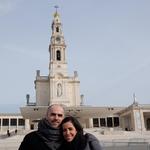
Sanctuary of Our Lady of Fátima
Sanctuary of Our Lady of Fátima is a group of Catholic religious buildings and structures in Cova da Iria, in the civil parish of Fátima, in the municipality of Ourém, in Portugal. It is 1 hour and 20 min driving from Lisbon. HOW TO GET THERE IF YOU DON'T HAVE A CAR: You can take a bus from Sete Rios to Fatima https://www.rede-expressos.pt/en
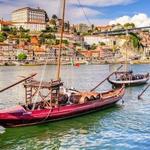
Porto
Porto is the second-largest city in Portugal after Lisbon. Porto is one of the oldest European centers, and its historical core was proclaimed a World Heritage Site by UNESCO in 1996. Port wine, one of Portugal's most famous exports, is named after Porto. The Douro Valley oldest wine-producing region in the country, recognized as a UNESCO World Heritage Site. So if you like wine it is a good destination! HOW TO GET THERE BY TRAIN: Take the train in Lisboa Santa Apolónia to Porto Sao Bento https://www.cp.pt/passageiros/en
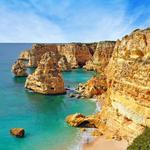
Faro District
If you are more into the beach than wine, then you could go to The Algarve, Portugal’s southernmost region is known for its Atlantic beaches and golf resorts. Whitewashed fishing villages on low cliffs overlooking sandy coves were transformed in the 1960s, and now its central coast between Lagos and Faro is lined with villas, hotels, bars, and restaurants.
